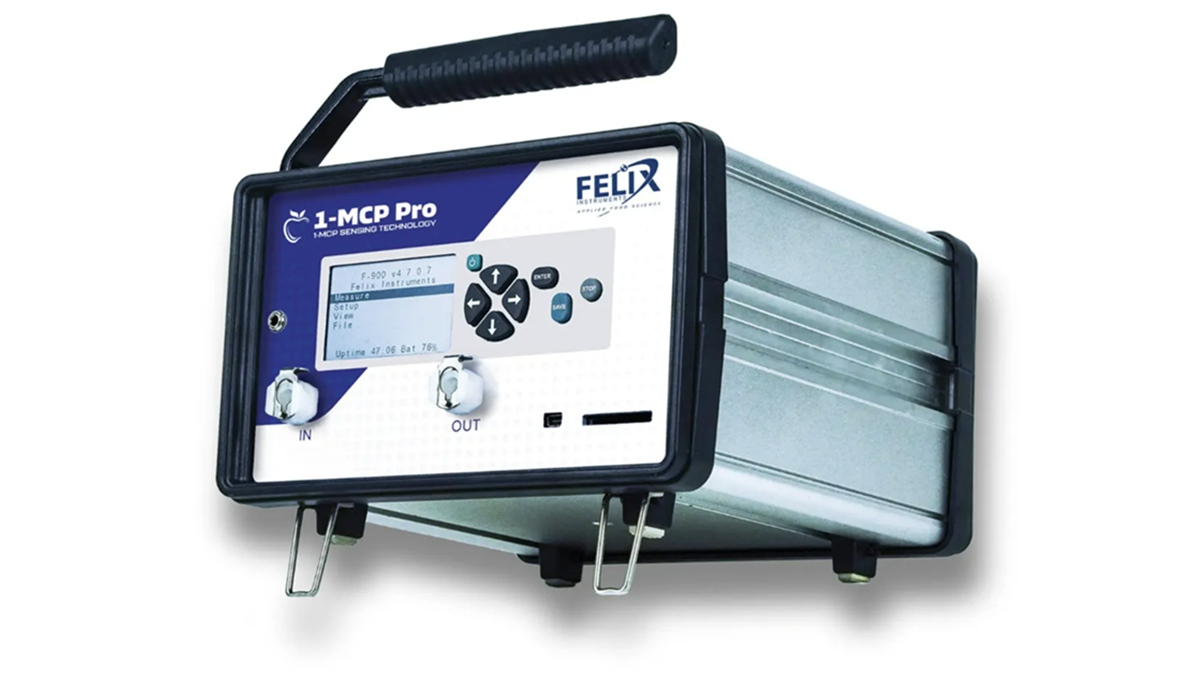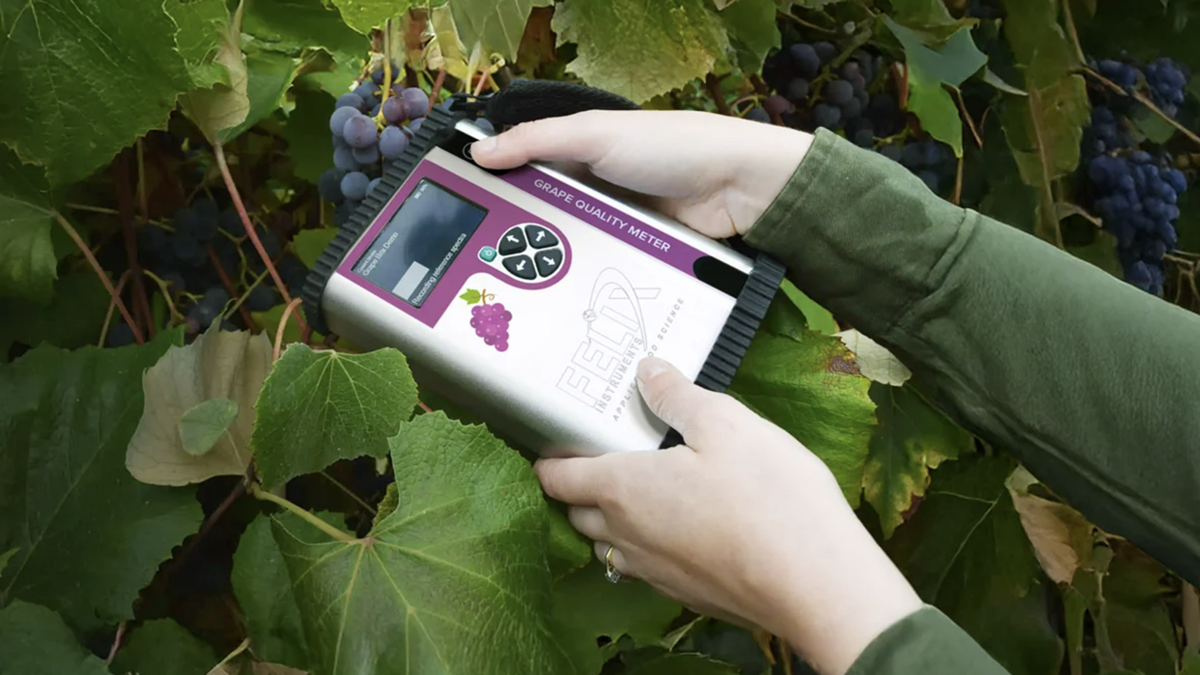Measurements
Saving on energy with ethylene management
Storing fruits and vegetables at low temperatures to extend storage time is standard practice in food supply chains. Low temperatures serve to delay senescence in non-climacteric fruits. However, refrigeration is energy intensive and there is a need to find an alternate method to store fresh produce to reduce the carbon footprint of food production. Reducing ethylene gas, the cause of senescence, is one possibility.
15 September, 2021
Storing fruits and vegetables at low temperatures to extend storage time is standard practice in food supply chains. Low temperatures serve to delay senescence in non-climacteric fruits. However, refrigeration is energy intensive and there is a need to find an alternate method to store fresh produce to reduce the carbon footprint of food production. Reducing ethylene gas, the cause of senescence, is one possibility. The difficulty with cold storageIncreasing amounts of fresh produce are being shipped around the world using cold storage. The recommended storage temperatures for non-climacteric fresh produce is 0°C to delay senescence. However, the total energy used and the accompanying carbon emissions are high. Currently, carbon emissions from food production have become a matter of global concern. Consultative Group on International Agricultural Research (CGIAR) lists food storage and packaging as one of the main reasons why farming produces one-third of the total global carbon emissions. Emissions produced in the post-harvest supply chain have increased by 50% since 1990, according to FAO (Food and Agriculture Organization of the United Nations). As consumers seek to reduce their own carbon footprint, reducing energy use during storage is becoming necessary to retain a share of vast international markets. Alternate strategyAn alternate method exists to extend the postharvest life of fresh produce: reducing the ethylene gas concentration in the atmosphere in which produce is stored or transported. Ethylene gas is a phytohormone produced by climacteric fruits that triggers ripening. It is an important hormone that is essential at many stages of plant life. However, this is also the gas that leads to over-ripening and senescence. While non-climacteric fruits do not need ethylene gas for ripening, the gas is produced during senescence. Reducing ethylene gas concentrations to 0.001 ?L L?1, instead of the standard level of 0.1 ?L L?1 maintained in the postharvest environment, could extend fresh produce shelf life. When the ethylene levels are low, a higher storage temperature could theoretically be used without impacting fruit quality. However, the interaction of various levels of ethylene gas and temperatures, and their ability to delay senescence and ripening, is not known. Moreover, most studies have been conducted on ripening effects on climacteric fruits. Interaction of temperature and ethylene gasLi, Wills, and Golding, scientists from the departments of environmental science, advanced technologies for food manufacture, and primary industries, respectively, decided to examine the relationship between storage temperature and ethylene gas levels in four non-climacteric fresh produce: - Pak choi (Brassica rapa subsp. chinensis), - Mint (Mentha haplocalyx Briq. L.), - Broccoli (Brassica oleracea var. italica), and - Green bean (Phaseolus vulgaris L.) This experiment shows it is not necessary for any of the vegetables to be stored at 0oC, which is the common practice, even at higher concentrations of ethylene. This is a significant result by itself, as vegetables are rarely stored for the maximum time of 60 days, for which 0°C is recommended. However, lowering ethylene levels can have additional benefits in reducing energy use. Decreasing ethylene gas levels can delay senescence in the temperature range of 0 to 20°C. This level of ethylene reduction does require investment, but it is far less than the cost of energy and its use is not polluting. Commercially available gas analyzers can help stakeholders monitor and measure ethylene levels during storage and transport. FELIX INSTRUMENTS - Applied Food Science produces a range of gas analyzers suitable to measure ethylene at different points of the supply chain. They give rapid and accurate readings and are user friendly. Suppliers and producers could consider using them to reduce their energy costs and carbon footprint.



.jpg)







